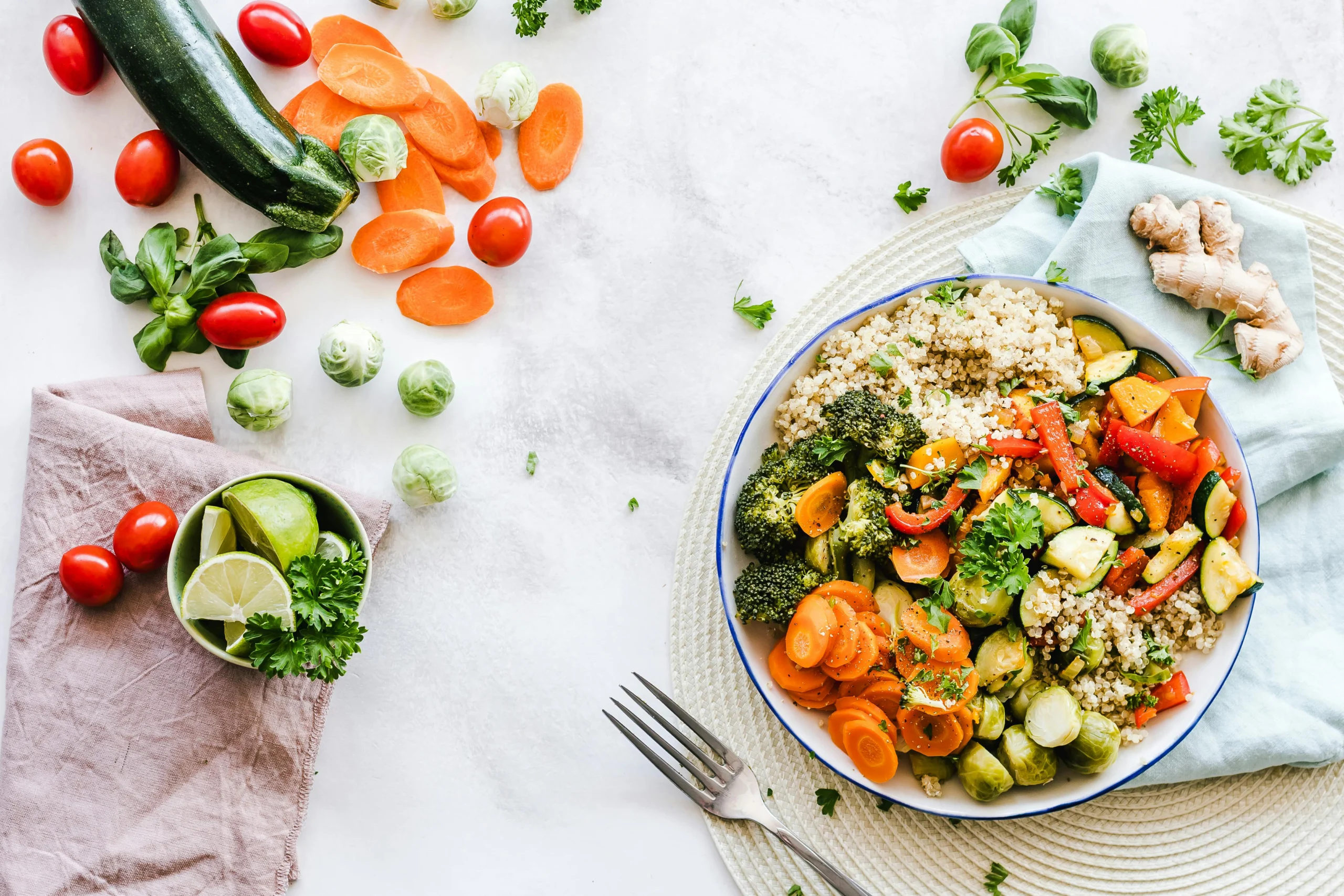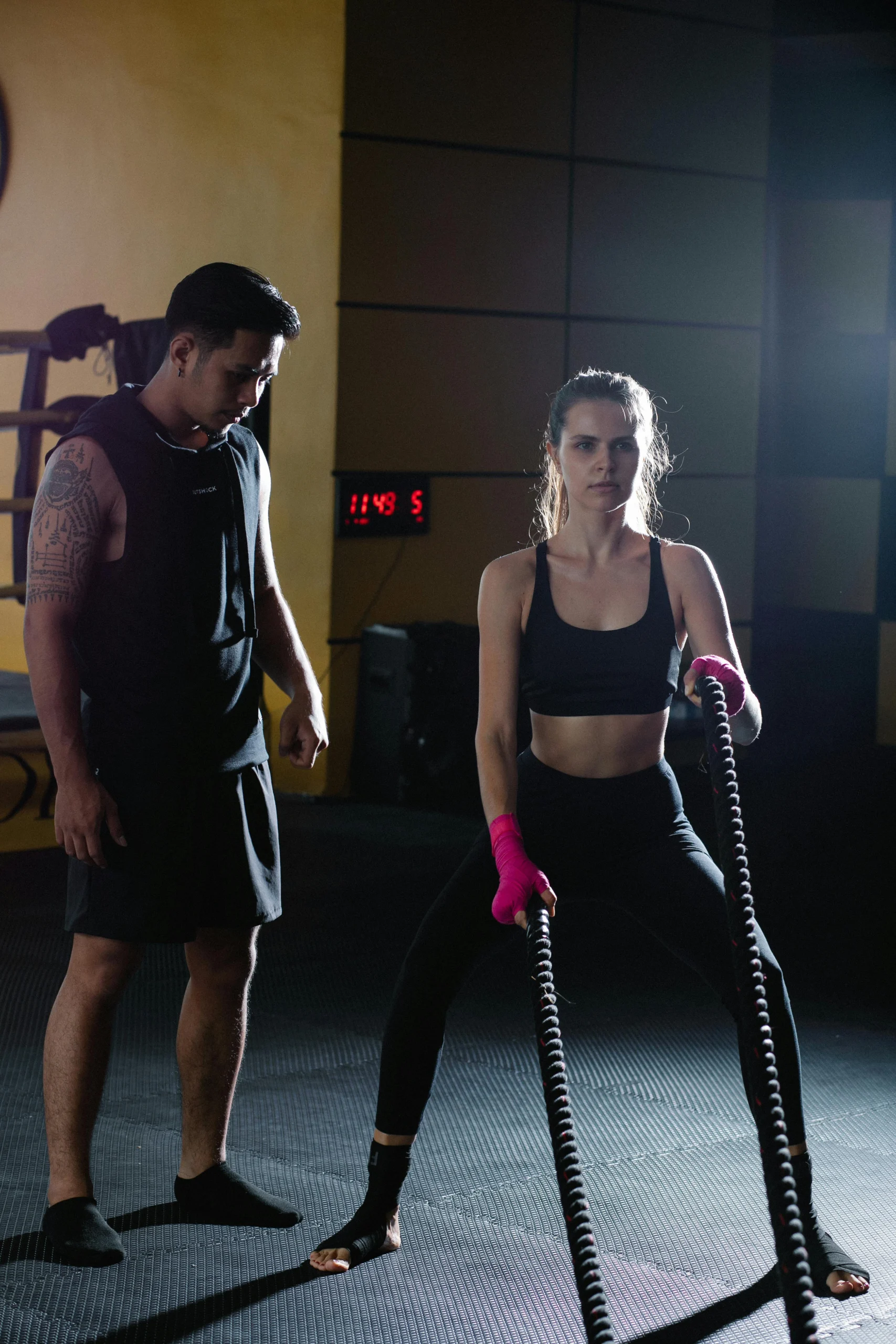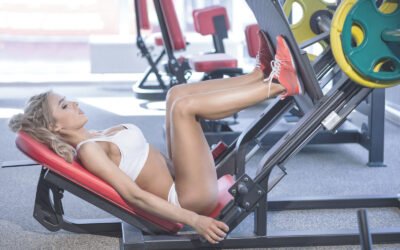As personal trainers and fitness instructors, we understand that the foundation of any successful fitness regimen is not just the workouts themselves but also the fuel that powers them. Nutrition plays a critical role in performance, recovery, and overall health. One of the most effective tools we have to ensure our clients are meeting their nutritional needs is the concept of the balanced plate. This approach to meal planning emphasises the importance of incorporating a variety of nutrient-dense foods to support an active lifestyle.
Understanding Nutrient Density
Understanding nutrient density is essential for crafting diets that fuel the body efficiently, particularly for active individuals whose nutritional needs are elevated. Nutrient-dense foods are distinguished by their rich content of vitamins, minerals, antioxidants, fibre, and other health-promoting substances, yet they are relatively low in calories. This unique combination makes them indispensable in a balanced diet, as they deliver the necessary nutrients the body needs to function optimally, recover from workouts, and maintain health, all without contributing to unnecessary calorie intake.
Vegetables and fruits stand out as prime examples of nutrient-dense foods. They are loaded with a variety of essential nutrients such as vitamin C, vitamin A, potassium, fiber, and various phytonutrients that have been shown to protect against chronic diseases. Importantly, these foods are also low in calories, allowing individuals to eat satisfying portions that fill them up without overloading on calories. This is particularly beneficial for clients aiming to lose weight or manage their body composition, as it enables them to create a calorie deficit while still meeting their nutritional needs.
Whole grains are another key component of a nutrient-dense diet. Unlike their refined counterparts, whole grains retain all parts of the grain — the bran, germ, and endosperm — which means they provide more fibre, protein, and essential nutrients like B vitamins and trace minerals. Including whole grains in meals contributes to satiety, helps regulate blood sugar levels, and supports a healthy digestive system.
Lean proteins, from sources such as poultry, fish, legumes, and tofu, are crucial for muscle repair and growth, particularly after exercise. These protein sources not only provide the amino acids necessary for muscle synthesis but are also accompanied by various essential nutrients and are lower in saturated fats and calories compared to higher-fat protein sources. This makes them ideal for supporting muscle health while also fitting into a calorie-controlled diet.
Healthy fats, though more calorie-dense, are vital for overall health, aiding in the absorption of fat-soluble vitamins, supporting brain health, and providing essential fatty acids that the body cannot produce on its own. Sources like avocados, nuts, seeds, and olive oil add richness and flavor to meals, enhance satiety, and provide a slow-burning energy source, making them an important part of a balanced diet.
By focusing on nutrient-dense foods, clients can create meals that are not only satisfying and delicious but also highly beneficial for their health and fitness goals. It allows them to efficiently use their calorie intake to meet their nutrient requirements, promoting optimal health, performance, and recovery. Educating clients on the importance of nutrient density and how to incorporate these foods into their diets is a crucial role for personal trainers and fitness instructors, as it empowers clients to make informed choices about their nutrition, supporting their journey towards health and fitness objectives.

The Components of a Balanced Plate
Vegetables and Fruits: Half of the plate should be filled with a variety of vegetables and fruits. These are high in vitamins, minerals, fiber, and antioxidants, which are essential for recovery, immune function, and overall health. Encourage clients to “eat the rainbow,” selecting produce in a variety of colors to maximize the range of nutrients consumed.
Whole Grains: A quarter of the plate should consist of whole grains like brown rice, quinoa, whole wheat pasta, or oats. These provide sustained energy through complex carbohydrates, as well as essential B vitamins, fibre, and minerals.
Lean Protein: The remaining quarter of the plate should be reserved for lean protein sources, which are crucial for muscle repair and growth. Options include chicken, turkey, fish, legumes, tofu, and low-fat dairy. These foods provide the essential amino acids necessary for muscle recovery, especially important after a workout.

Healthy Fats: Adding a small portion of healthy fats to meals enhances flavour, satiety, and nutrient absorption. Sources include avocados, nuts, seeds, and olive oil. These fats are important for heart health, brain function, and reducing inflammation.
Implementing the Balanced Plate
Educating clients on how to construct a balanced plate is a practical way to empower them to make healthier food choices. Here are some strategies to implement this approach:
- Visual Guides: Use visual aids, such as diagrams or photos of balanced plates, to illustrate proper portion sizes and the variety of foods to include in each meal.
- Meal Planning: Assist clients in planning their meals ahead of time, ensuring they have the necessary ingredients to create balanced plates throughout the week.
- Cooking Tips: Share simple cooking techniques and recipes that emphasize the use of whole, minimally processed foods.
- Monitoring and Adjusting: Encourage clients to listen to their bodies and adjust portions based on their activity level, goals, and hunger signals.
Conclusion
In the pursuit of optimal health and performance, the concept of the balanced plate stands out as a beacon for personal trainers and fitness instructors guiding their clients towards their fitness goals. It’s a holistic approach that transcends mere calorie counting or macronutrient tracking, focusing instead on the quality and variety of nutrients that fuel the body’s myriad functions. As we wrap up this exploration into crafting nutrient-dense meals for active clients, it’s essential to reiterate the profound impact that informed nutritional choices can have on an individual’s fitness journey.
The balanced plate model is not just a diet plan; it’s a lifestyle change that encourages a deeper understanding of nutrition and its critical role in physical fitness and overall health. By emphasizing the importance of vegetables, fruits, whole grains, lean proteins, and healthy fats, we provide a framework that can be adapted to fit any dietary preference or restriction, ensuring that all clients can benefit from its principles.
For personal trainers and fitness instructors, the challenge lies not just in educating clients about what to eat but also in inspiring and motivating them to embrace these changes sustainably. It requires a commitment to ongoing education, creativity in meal planning, and a compassionate understanding of the barriers that clients may face in adopting new eating habits. This journey is as much about building trust and rapport with clients as it is about imparting nutritional wisdom.
Implementing the balanced plate approach requires a hands-on strategy, from providing visual guides and meal plans to sharing cooking tips that simplify the preparation of nutritious meals. However, it’s equally important to cultivate a flexible mindset in clients, encouraging them to listen to their bodies and adjust their eating habits as their needs and circumstances change. This adaptability is crucial for long-term success, as it empowers clients to make informed decisions about their nutrition, regardless of their current fitness level or goals.
In conclusion, the balanced plate offers a powerful tool for personal trainers and fitness instructors to enhance their clients’ nutritional intake and, by extension, their performance, recovery, and overall well-being. It’s a testament to the idea that the foundation of any successful fitness regimen lies not only in the physical training itself but also in the fuel that powers it. As professionals dedicated to the health and fitness of our clients, it’s our privilege and responsibility to guide them towards making choices that nourish their bodies, support their training, and enrich their lives. Remember, the journey to fitness is a holistic one, where nutrition plays a pivotal role in unlocking the full potential of the individuals we train. By championing the principles of the balanced plate, we can help our clients achieve a harmony of nutrition and exercise that propels them towards their goals, ensuring that every step of their fitness journey is grounded in health and vitality.




